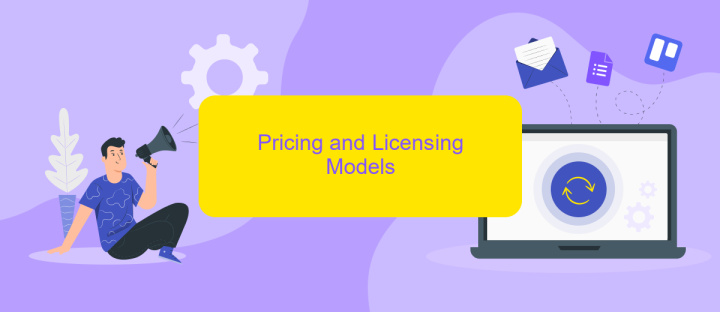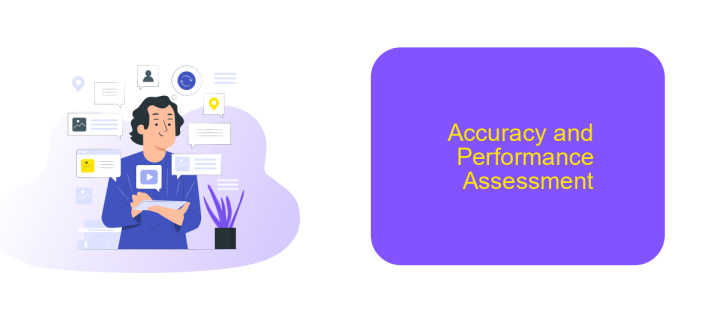UiPath Microsoft OCR Vs Google OCR
When it comes to optical character recognition (OCR) technology, businesses have several options to choose from. UiPath Microsoft OCR and Google OCR are two leading solutions that offer robust capabilities for text extraction and data processing. This article will compare their features, performance, and usability to help you determine which tool is better suited for your specific needs.
Introduction and Overview
When it comes to Optical Character Recognition (OCR) technology, UiPath and Google offer two of the most prominent solutions in the market. UiPath Microsoft OCR and Google OCR both provide robust capabilities for text extraction from images and scanned documents, but they differ in several aspects that may influence your choice depending on your specific needs.
- Accuracy: Both solutions are known for their high accuracy rates, but Google OCR often stands out for its superior performance in recognizing complex fonts and various languages.
- Integration: UiPath offers seamless integration with Microsoft products, making it a preferred choice for enterprises already using Microsoft's ecosystem. Google OCR, on the other hand, integrates well with Google Cloud services.
- Ease of Use: Google OCR is praised for its user-friendly interface, while UiPath Microsoft OCR is highly customizable, catering to more technical users.
For businesses looking to streamline their OCR processes, leveraging integration services like ApiX-Drive can be highly beneficial. ApiX-Drive enables smooth and efficient integration between UiPath, Google OCR, and other business applications, ensuring a seamless workflow and enhanced productivity.
Key Features Comparison

UiPath Microsoft OCR and Google OCR both offer robust optical character recognition capabilities, but they differ in several key features. UiPath Microsoft OCR is deeply integrated with the Microsoft ecosystem, providing seamless compatibility with Microsoft Office products and Azure services. It offers high accuracy in text extraction from various document formats and supports multiple languages. Additionally, UiPath Microsoft OCR leverages AI-driven models to enhance text recognition quality, making it a reliable choice for enterprise-level document processing.
On the other hand, Google OCR, powered by Google Cloud Vision, excels in its ability to recognize text from a wide range of image types, including complex and handwritten documents. Google OCR is known for its superior speed and scalability, making it suitable for high-volume processing tasks. It also integrates effortlessly with other Google Cloud services, offering a comprehensive solution for data extraction and analysis. For those looking to streamline integrations further, services like ApiX-Drive can be utilized to automate workflows between these OCR tools and other applications, enhancing overall efficiency.
Pricing and Licensing Models

When comparing the pricing and licensing models of UiPath Microsoft OCR and Google OCR, it's essential to consider various factors such as cost, flexibility, and scalability. Both solutions offer unique advantages tailored to different business needs.
- UiPath Microsoft OCR: UiPath provides a subscription-based pricing model that includes various tiers to cater to different business sizes. The licensing is typically bundled with UiPath's automation platform, offering a comprehensive solution for enterprises. Additional costs may apply for advanced features and higher usage levels.
- Google OCR: Google OCR employs a pay-as-you-go model, charging based on the number of pages processed. This offers greater flexibility for smaller businesses or those with fluctuating OCR needs. Google also provides volume discounts for higher usage, making it cost-effective for large-scale operations.
Both UiPath Microsoft OCR and Google OCR can be integrated into existing workflows using services like ApiX-Drive, which simplifies the integration process. ApiX-Drive allows businesses to connect these OCR solutions with other tools effortlessly, enhancing overall efficiency and reducing the time required for manual data entry tasks.
Accuracy and Performance Assessment

When evaluating the accuracy and performance of UiPath Microsoft OCR versus Google OCR, it is essential to consider various factors such as text recognition capabilities, processing speed, and error rates. Both OCR engines have their strengths, but they perform differently depending on the specific use case.
UiPath Microsoft OCR is known for its robust integration with Microsoft's ecosystem, providing reliable performance for documents with standard fonts and layouts. On the other hand, Google OCR excels in handling diverse and complex documents, thanks to its advanced machine learning algorithms and extensive training data.
- UiPath Microsoft OCR: Best for standard documents, strong Microsoft integration.
- Google OCR: Superior accuracy with complex documents, advanced machine learning.
For seamless integration and automation of OCR processes, using a service like ApiX-Drive can be beneficial. ApiX-Drive allows for easy connection and data transfer between various applications, enhancing the efficiency of OCR implementation. Overall, the choice between UiPath Microsoft OCR and Google OCR should be guided by the specific requirements of the task at hand.
Conclusion and Recommendations
In conclusion, both UiPath Microsoft OCR and Google OCR offer powerful capabilities for optical character recognition, each with its own strengths. UiPath Microsoft OCR excels in seamless integration with UiPath's automation tools, providing a robust solution for enterprises already invested in the Microsoft ecosystem. On the other hand, Google OCR is renowned for its accuracy and versatility, making it a strong contender for diverse use cases, especially those requiring high precision.
For organizations looking to integrate these OCR technologies into their workflows, leveraging a service like ApiX-Drive can streamline the process. ApiX-Drive offers a user-friendly platform for setting up and managing integrations, ensuring that the chosen OCR solution works harmoniously with existing systems. Ultimately, the choice between UiPath Microsoft OCR and Google OCR should be guided by specific project requirements, existing infrastructure, and long-term scalability needs.


FAQ
What is the main difference between UiPath Microsoft OCR and Google OCR?
Which OCR service is better for multi-language support?
How do I integrate UiPath with Microsoft OCR or Google OCR?
Can I use both OCR services simultaneously in UiPath?
Which OCR service is more cost-effective?
Time is the most valuable resource for business today. Almost half of it is wasted on routine tasks. Your employees are constantly forced to perform monotonous tasks that are difficult to classify as important and specialized. You can leave everything as it is by hiring additional employees, or you can automate most of the business processes using the ApiX-Drive online connector to get rid of unnecessary time and money expenses once and for all. The choice is yours!

